Introduction of coffee varieties: Papamara (Pacamara) Variety Blueberry Manor Honey treated Flavor
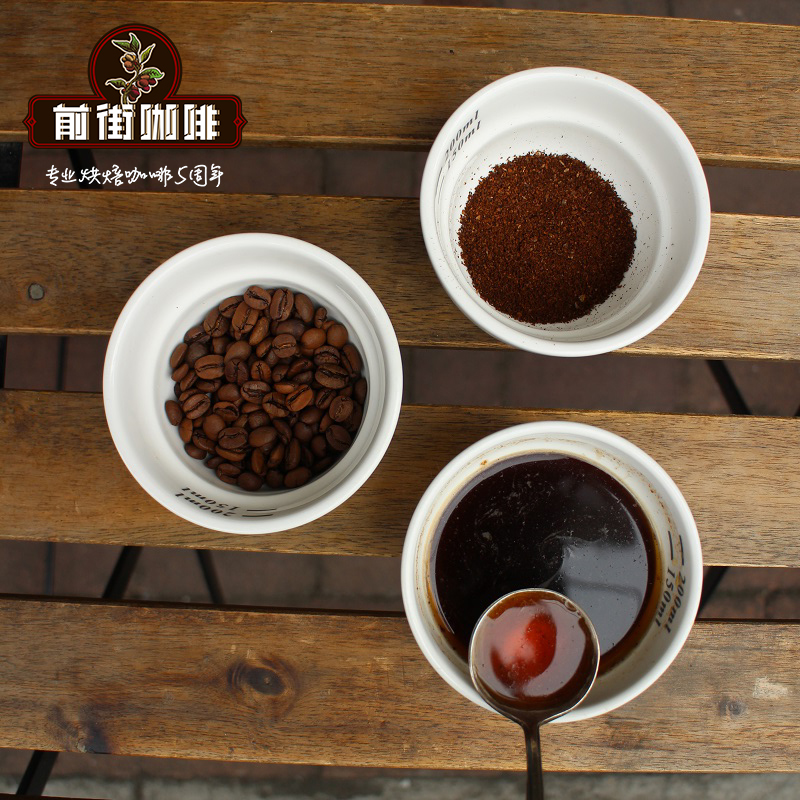
When it comes to the mobile phone in the coffee beans, there is only one species in Qianjie's mind, and that is the "giant" of the coffee industry-Pakamara. This variety is a hybrid variety, because it has genes like beans, so it inherits the characteristics of huge size, and it is understandable to become a big brother. The performance of this variety is quite outstanding, the sour taste is lively and lively, the flavor is complex and rich, and the mellow thickness is moderate, which makes Qianjie very popular, so let's introduce this Pacamara from Guatemala and the story behind it.
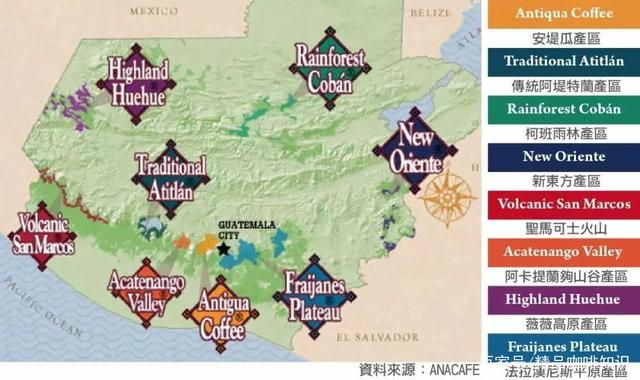
| | production area description |
Guatemala is located in Central America, where the geographical environment is unique, with North America in the north and South America in the south. Facing the Caribbean Sea and the Gulf of Mexico, the climate is relatively hot and humid, and it has always been an important coffee producing area in the world. Guatemala is located in the tropics and has many volcanoes. The northern and eastern coastal plains have a tropical rain forest climate, while the southern mountains have a subtropical climate. The year is divided into two dry and wet seasons, with wet seasons from May to October and dry seasons from November to April of the following year. The annual precipitation is 2000-3000 mm in the northeast and 500-1000 mm in the south.
The forest accounts for half of the country's area and is the location of the best latitude for coffee production. Because coffee is an important cash crop in the area, it has given rise to a rich coffee culture. People drink coffee every day. Most people have a cup of coffee for lunch.
* New Oriental New Oriente
New Oriental is the youngest of the eight major coffee producing areas in Guatemala. Rain Water is abundant here, under the shadow of clouds for many years. In ancient times, it was a volcanic area, where the soil was made up of metamorphic rocks, so it was rich in minerals. The New Oriental District used to be the poorest area in Guatemala before it began to grow coffee. Since the 1950s, farmers in the mountains have started growing coffee on the natural, nutritious land here. Gradually, it has become a rising star in the Guatemalan coffee industry.
| | Blueberry Manor El Morita |
After consulting the materials in Qianjie, I learned that Little Blueberry Manor is one of the highest and most powerful estates in Guatemala. The owner of the manor professionally manages the farm and challenges growing coffee at 2300 meters. It also challenges the limit of Arabica that the higher the planting, the better the flavor. And in recent years in various competitions to show a very strong strength. Because of the extremely high height, the producing area can only be reached through two clouds. The cold climate breeds extremely tough fruit and gives birth to excellent coffee flavor. The varieties of the manor are Pache San Ramon,Catua í, Bourboon,Maragogipe,Pacamara,Maracatu and Geisha. The owner of the manor planted different varieties of coffee in different blocks of the farm, and their flavor and taste were also slightly different. This is one of the reasons why Qianjie chose this bean. It's not easy.
The estate is also the award-winning estate of the COE Excellence Cup competition:
2013 Excellence Award-2nd place
2014 Excellence Award-3rd place
2015 Excellence Award-2nd place
2016 Excellence Award-No. 9
2017 Excellence Award-No. 4
2018 Excellence Award-3rd place
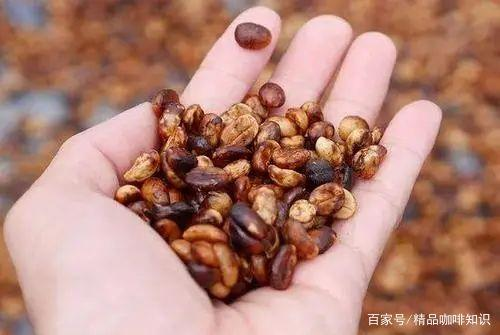
| | Honey treatment |
Honey treatment is an improved method of solarization. The main difference between honey treatment and solarization is that the exocarp and pulp are removed before sun exposure, and the skin and pulp are directly exposed to the sun under the retained pectin layer.
1. Remove floating beans (as with solarization, this step may be reduced in some areas)
Pour the coffee beans into a large tank, the underdeveloped inferior beans will surface, and the ripe and full fruits will sink to the bottom of the water. At this time, the floating beans on the surface will be removed, that is, the steps of removing floating beans will be completed.
two。 Remove peel and pulp (same washing method)
Through the pulp screening machine (pulping machine), the exocarp and pulp of coffee fruit are removed. It leaves pectin, endocarp and silver peel.
3. Insolation
The coffee beans with pectin are directly exposed in the exposure field, so that the water content is reduced to 10-14%.
4. Remove pectin and endocarp
With a special machine, remove pectin and endocarp, that is, complete the treatment steps.
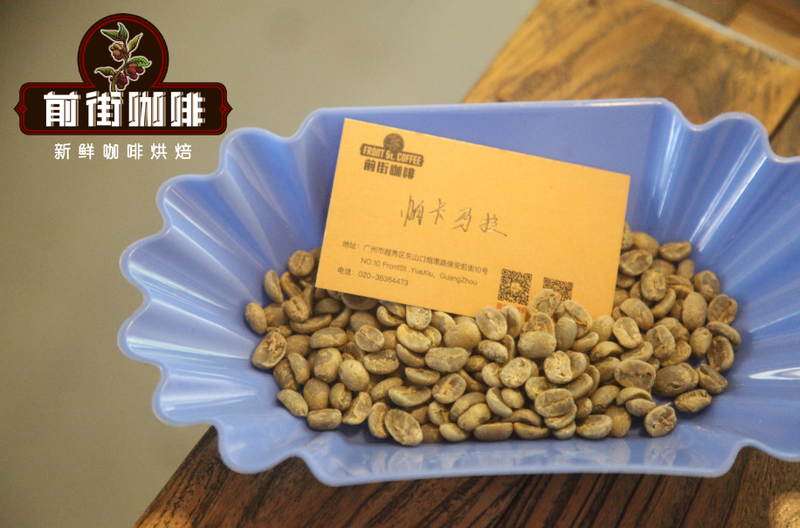
| | Pacamara |
Pacamara is a hybrid of Pacas Pacas and Marago Rippi Maragogype found in El Salvador in 1950.
First bred by researchers in El Salvador in 1958, Pacamara is a rare artificially bred excellent variety, with both the excellent taste of Pacas and the large size of Maragogype, and the bean body is at least 70% or 80% the size of the bean. The biggest characteristic of this variety is that it is sour, lively and tricky, sometimes biscuit and sometimes fruity, with excellent thickness and grease.
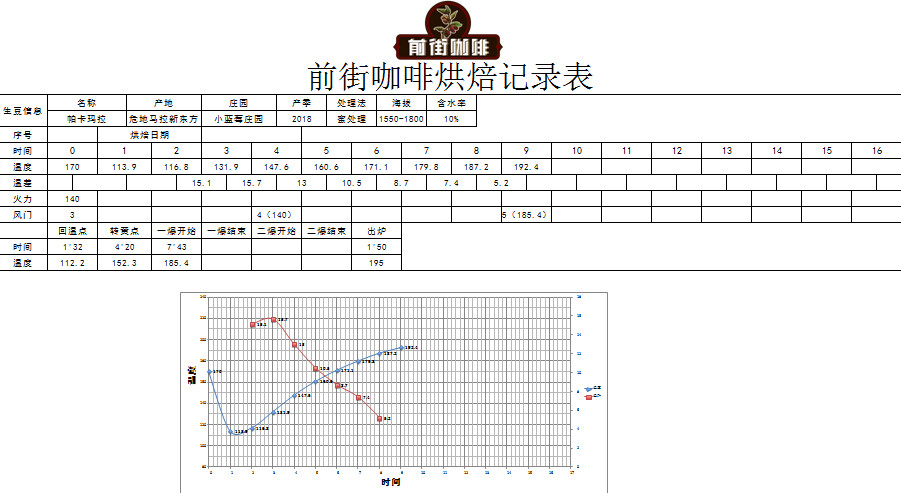
| front street Guatemala Pacamara baking analysis
Roaster Yangjia 800N semi-direct fire (baking capacity 300g)
When the furnace temperature is preheated to 170℃, the throttle opens 3, and the firepower is 140. when the temperature is 112.2 ℃, the firepower remains unchanged, and the throttle opens to 4. Turn yellow in 5 minutes, the smell of grass disappears, enter the dehydration stage, the firepower remains unchanged, and the throttle remains 4. After dehydration, the bean surface appears wrinkles and black markings, and the taste of toast changes to coffee, which is a prelude to an explosion. Pay attention to the sound of an explosion. At 7: 00, "39: 43" began to explode, the throttle was all open for 5, and the firepower remained unchanged. After an explosion, the development time is 1mm, 39th, 50th, 195℃, put into the pot.
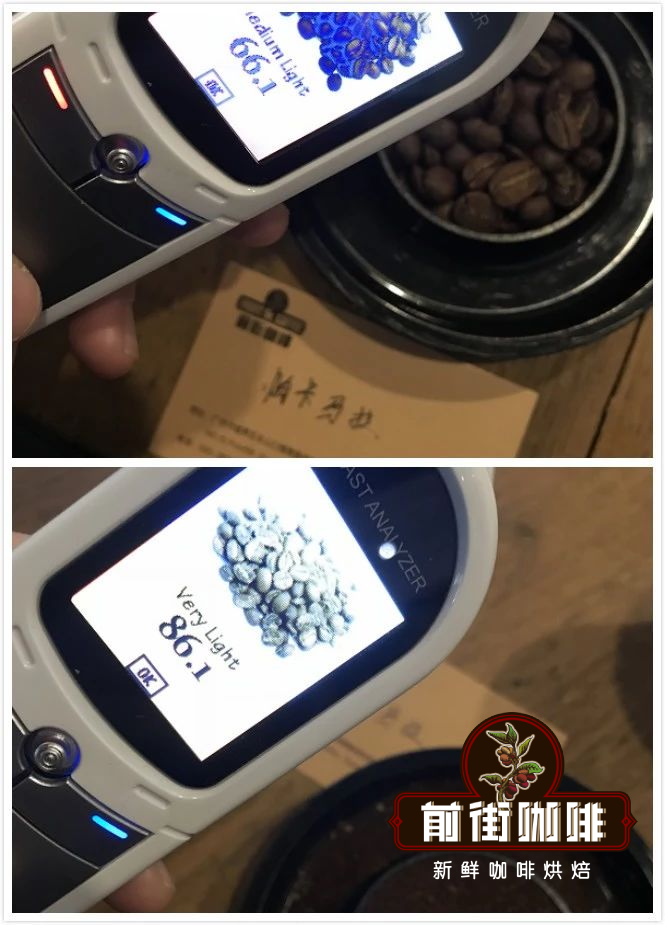
The Agrton bean color value is 66.1 (above), the Agrton pink value is 86.1 (bottom), and the Roast Delta value is 20.
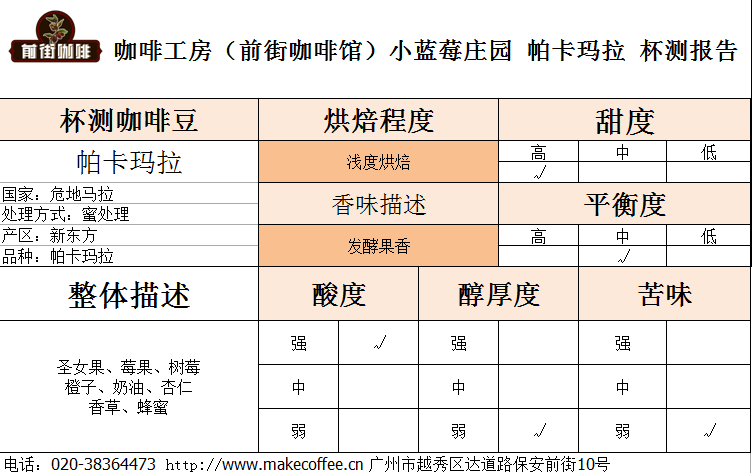
Front street Guatemala Pacamara Cup test: Virgin fruit, berries, raspberries, oranges, cream, almonds, vanilla, honey, sweet and sour, rich flavor.
Guatemala El Morito
Guatemala Blueberry Manor
Country: Guatemala
Producing area: new Oriental
Altitude: 1550-1800m
Treatment: sun treatment
Grade: SHB
Variety: Pacamara
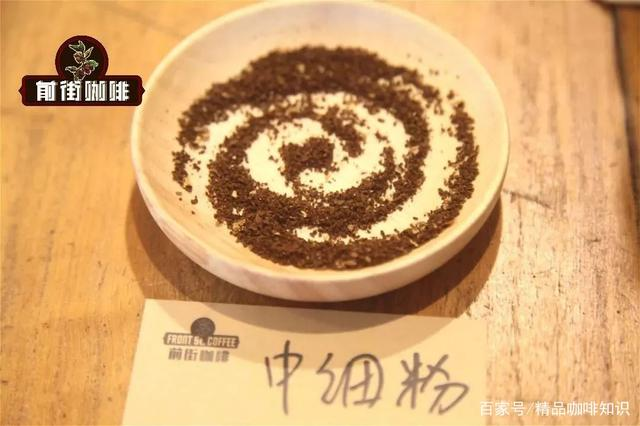
Analysis of Pacamara Cooking in Front Street Guatemala
Recommended cooking method: hand flushing
Filter cup: Hario V60
Water temperature: 90 ℃
Powder / water ratio: 1:15
Degree of grinding: BG 5e (pass rate of Chinese standard No. 20 screen is 80%)
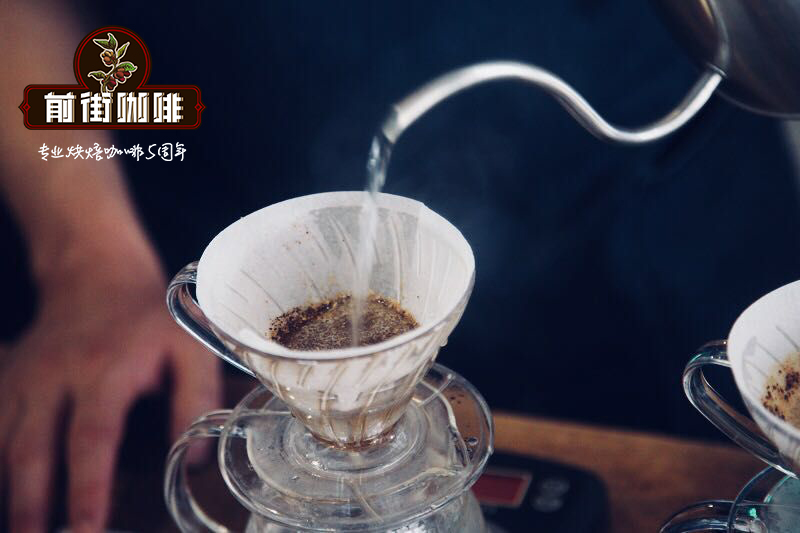
Cooking method: steaming 29g of water for 32 seconds, injecting water to 120g in sections, continue to inject water to 226g when the water level is about to expose the powder bed, remove the filter cup when the water level is about to expose the powder bed, (steaming starts) the extraction time is one minute and 56 seconds.
Flavor: it smells nutty, hot with sour notes of plums and passion fruits, with a hint of fermented fruit, creamy sweet and nutty in the middle, green tea at the end, long-lasting sucrose, citrus acidity after the temperature drops, sweet and sour, rose tea and a slight brown sugar sweetness in the finish.
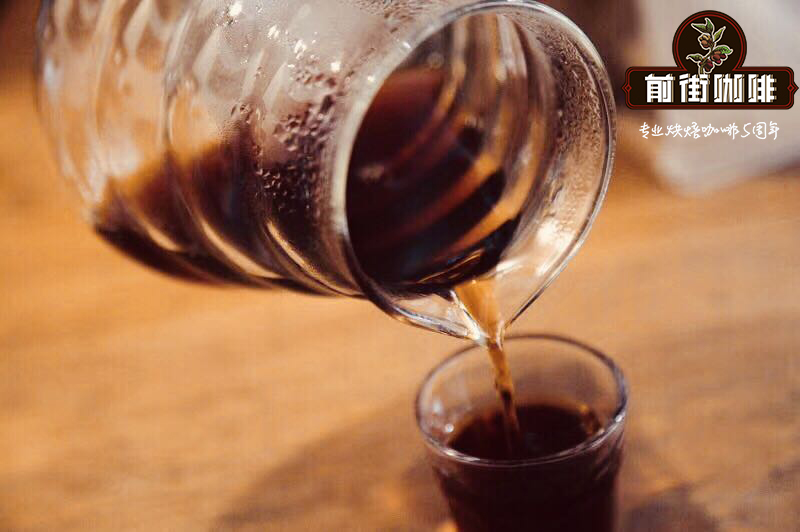
Important Notice :
前街咖啡 FrontStreet Coffee has moved to new addredd:
FrontStreet Coffee Address: 315,Donghua East Road,GuangZhou
Tel:020 38364473
- Prev

Introduction of Coffee varieties III: Maui Moka (English name: Mau)
There are two sources: one is the sudden mutation of the bourbon variety from the old island of bourbon, and the other is the mocha variety transplanted in Yemen. The coffee tree is not tall, the leaves are small and slender, and the raw beans are small and orchard; it is easy to get rust spot and the yield is very low. With the exception of Maui, Hawaii, there is a small amount of cultivation in Brazil, which is planted at a lower altitude but still has a strong taste. The following figure
- Next
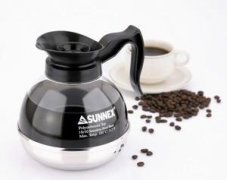
Basic knowledge of Kopi Luwak Cafe Coffee beans
Muscat coffee beans: Indonesian refers to an arboreal wild animal commonly known as Luwak, which is found in Sumatra, Zawa, and Sulvish and is part of the 13677 islands of Indonesia. Luwak is an omnivore. They are eccentric, have a keen sense of smell, have thick hair and long tails, like to walk at night, and inhabit tropical rain forests and subtropical evergreens below 2000 meters above sea level.
Related
- Detailed explanation of Jadeite planting Land in Panamanian Jadeite Manor introduction to the grading system of Jadeite competitive bidding, Red bid, Green bid and Rose Summer
- Story of Coffee planting in Brenka region of Costa Rica Stonehenge Manor anaerobic heavy honey treatment of flavor mouth
- What's on the barrel of Blue Mountain Coffee beans?
- Can American coffee also pull flowers? How to use hot American style to pull out a good-looking pattern?
- Can you make a cold extract with coffee beans? What is the right proportion for cold-extracted coffee formula?
- Indonesian PWN Gold Mandrine Coffee Origin Features Flavor How to Chong? Mandolin coffee is American.
- A brief introduction to the flavor characteristics of Brazilian yellow bourbon coffee beans
- What is the effect of different water quality on the flavor of cold-extracted coffee? What kind of water is best for brewing coffee?
- Why do you think of Rose Summer whenever you mention Panamanian coffee?
- Introduction to the characteristics of authentic blue mountain coffee bean producing areas? What is the CIB Coffee Authority in Jamaica?

